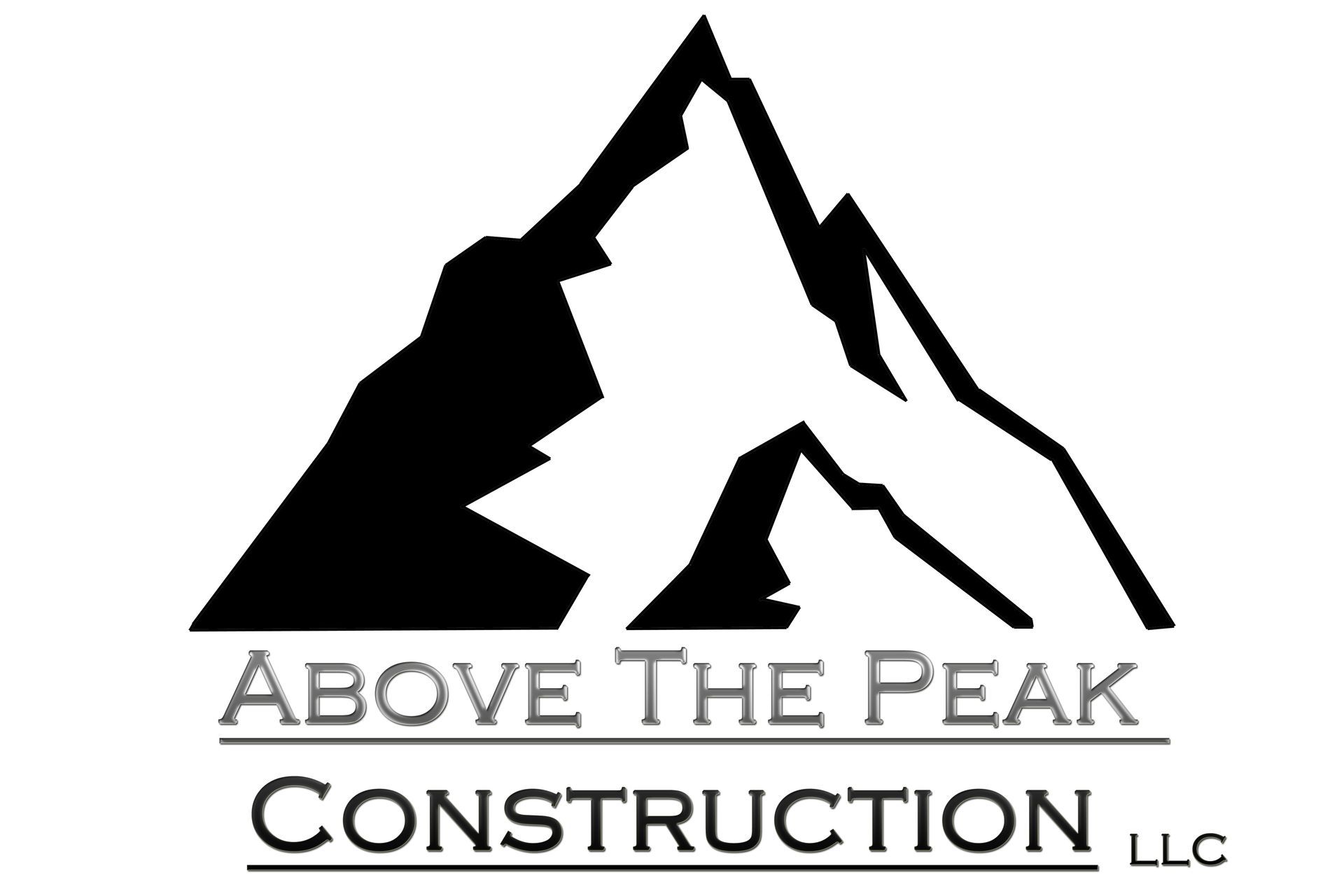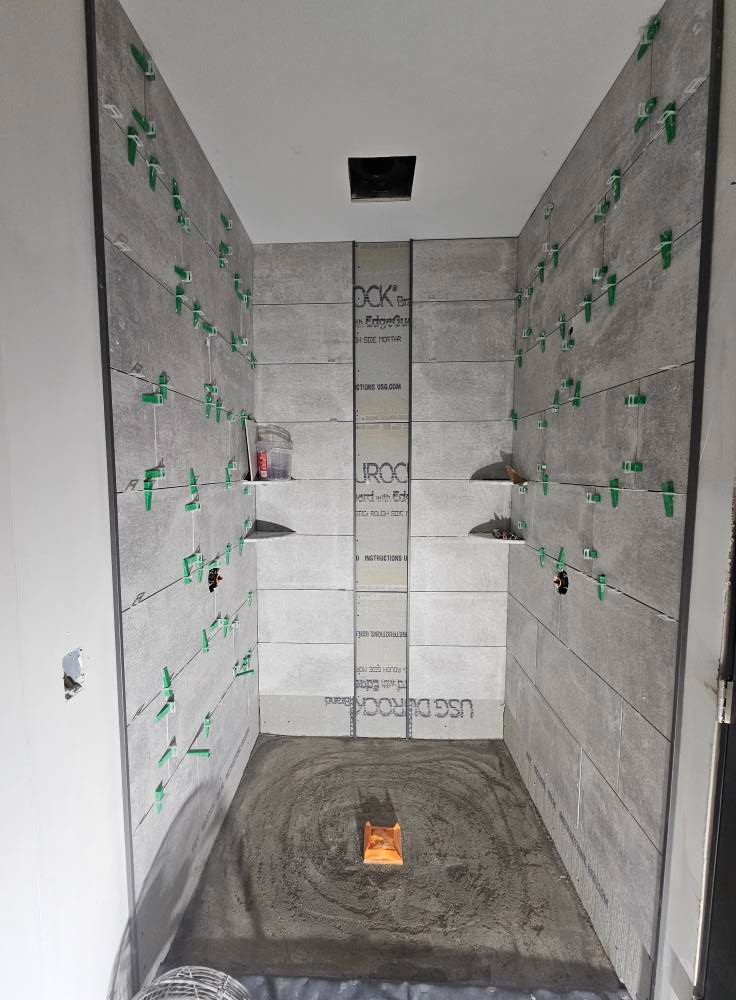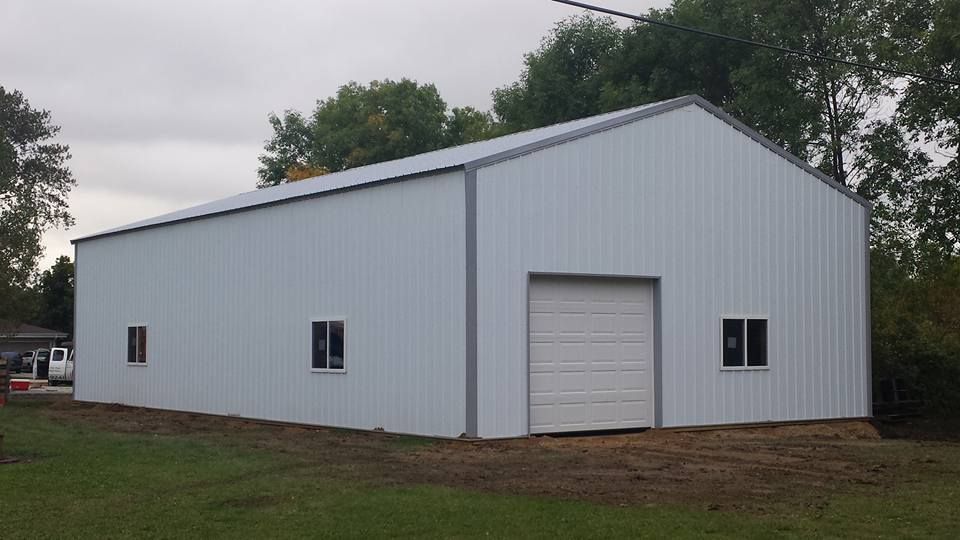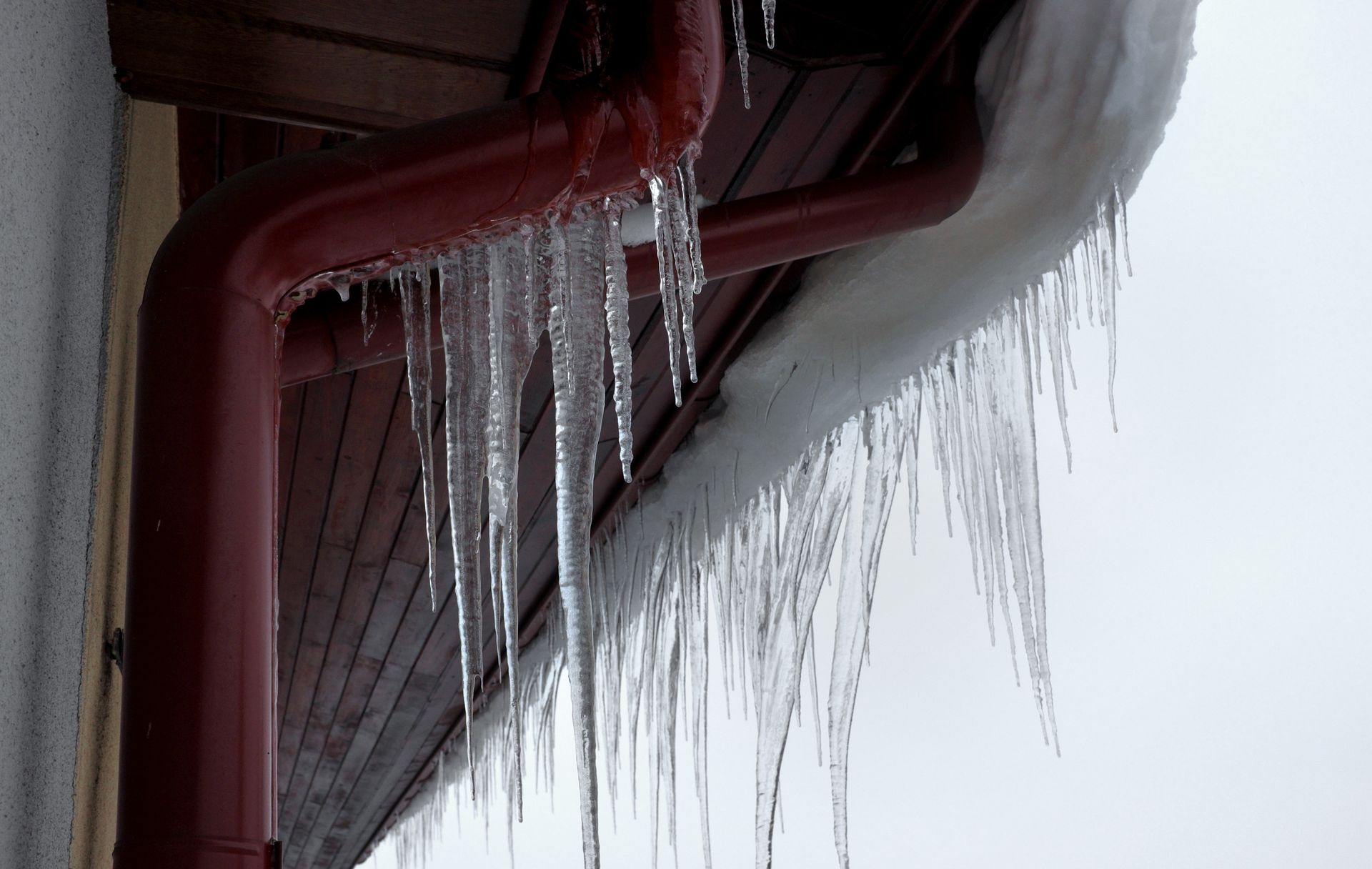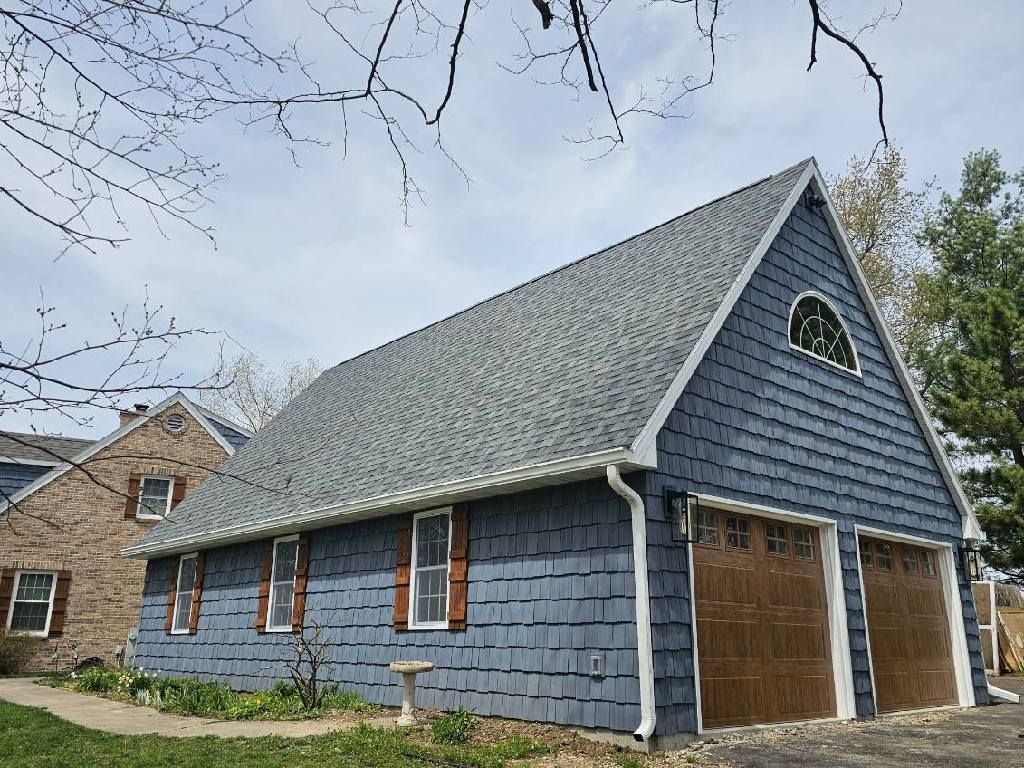
Understanding Roof Lifespans to Help You Plan Repairs, Replacements, and Long-Term Home Investments
One of the most common questions we hear at Above The Peak Construction is: “How long should my roof last?” The answer depends heavily on the material used, the quality of the installation, and your local weather conditions. For homeowners planning for future repairs or replacements, understanding roof longevity is key to budgeting, timing, and protecting your home from costly damage.
Below, we’ve outlined the average lifespan of the most common roofing materials, so you can make informed decisions about your current roof—or your next one.
Asphalt Shingles: 15–30 Years
Asphalt shingles are by far the most popular roofing material in the U.S., and for good reason: they’re cost-effective, easy to install, and available in a wide range of styles. There are two main types—3-tab shingles, which typically last 15–20 years, and architectural (dimensional) shingles, which can last 25–30 years or more with proper maintenance.
In areas with heavy snowfall, high winds, or significant temperature fluctuations, lifespans may be on the lower end unless the roof is installed with extra attention to ventilation and underlayment.
Metal Roofing: 40–70 Years
Metal roofs are growing in popularity thanks to their exceptional durability and energy efficiency. Depending on the type (aluminum, steel, copper, or zinc), a metal roof can last anywhere from 40 to over 70 years.
They’re highly resistant to wind, fire, and hail damage, making them a smart choice for homes in storm-prone regions. While the upfront cost is higher than asphalt, the long-term savings and performance can make metal a worthwhile investment.
Wood Shingles & Shakes: 20–40 Years
Wood roofing offers a warm, natural look that appeals to homeowners seeking rustic or historic charm. Cedar shingles and shakes typically last 20 to 30 years, though high-end, well-maintained systems can push 40 years.
These roofs require regular care, including cleaning, sealing, and monitoring for mold, moss, and insect damage. Wood roofs aren’t ideal in regions with heavy humidity or fire risk, but they can last decades in the right conditions.
Tile Roofing: 50–100 Years
Tile roofs—made from clay, concrete, or slate—are known for their impressive longevity and classic appearance. With proper installation, tile roofs can easily last 50 years or more, with some slate roofs lasting 100+ years.
Tile is extremely resistant to fire, insects, and rot, but it’s also heavier than other materials. That means your home’s structure must be able to support the added weight. These roofs also come with a higher initial investment and may require occasional tile replacement if cracked or broken.
Synthetic Roofing: 30–50 Years
Synthetic roofing materials, such as rubber slate, polymer, or composite shingles, are engineered to replicate the look of wood, tile, or slate at a lower cost and with less maintenance. These roofs generally last 30 to 50 years, depending on the manufacturer and product.
They’re lightweight, impact-resistant, and often come with strong warranties, making them an attractive option for homeowners who want performance and aesthetics without the premium cost of natural materials.
Don’t Forget: Installation and Maintenance Matter
Even the best roofing material won’t reach its full lifespan without proper installation and regular maintenance. Poor ventilation, clogged gutters, ice dams, and storm damage can all significantly shorten your roof’s service life.
At Above The Peak Construction, we not only install high-performance roofing systems—we also help homeowners maintain and protect their roofs for the long haul. Whether you’re unsure of your current roof’s condition or ready to explore a replacement, we’re here to offer honest recommendations and expert service.
Is your roof approaching the end of its lifespan?
Contact Above The Peak Construction today to schedule a free inspection and consultation. Let’s make sure your roof is ready to protect your home for decades to come.

